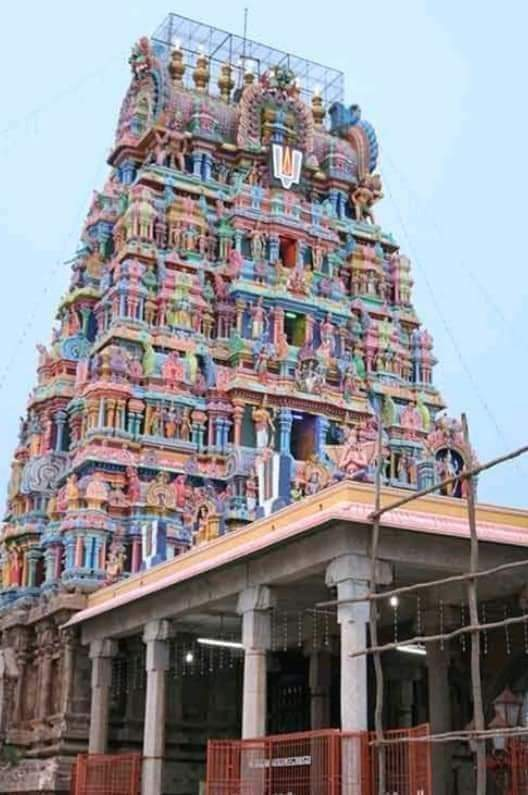#Foodforthought
If one reads Bruce H. Lipton’s The Biology Of Belief, one will think a dozen times before saying something demoralizing to oneself or to the people around. In this book, Mr. Lipton details the power of conscious & subconscious mind. The subconscious mind is The
If one reads Bruce H. Lipton’s The Biology Of Belief, one will think a dozen times before saying something demoralizing to oneself or to the people around. In this book, Mr. Lipton details the power of conscious & subconscious mind. The subconscious mind is The

million times more powerful than the conscious mind & decides most of the things in our lives according to the beliefs it has. Many times we fail to change an unpleasant habit despite our will-power & conscious efforts. It is because the habit gets so strongly programmed in our
subconscious mind that the efforts made by our conscious mind hardly make any difference. Conscious Mind is just a shadow of our Unconscious Mind. The tribals of Solomon Islands curse a tree, actually installing negative & harmful beliefs in the tree’s emotion (yes, trees have
emotions). Within few days, those negative emotions becomes a belief & eventually changes the molecular architecture of the tree & kill it from inside. Hinduism has already taught what the western scientists are now trying to prove. "Yad bhavam tad bhavati" is a vedanta line. 

We are what we think. Actually it is telling a scientific fact which is now proved correct by Quantum Physics & Molecular Biology. That is why Hinduism keeps telling us to have our thoughts on the divine and His wonderful qualities so that they subconsciously become our 

qualities too. This book has a special chapter on Conscious Parenting where it talks about the beneficial & harmful effects of what parents say to their children. If we are a parent and we keep cursing our child in the name of constructive criticism, we are installing beliefs in 

their mind which will keep harming them forever. But if we keep appreciating them sincerely, we are installing beliefs in their mind which will help them in their entire life. We have to be careful of what we keep saying to ourselves too. Repetition of words & thoughts is the 

best way to install a belief in our subconscious mind. If we keep saying we are a loser, we will become a loser within a few months or years. If our friends keep saying such things to us, there is no harm in saying a quick goodbye to them. Even if we value their friendship a lot,
we must value ourself more than such friendship.
Accept all people as they are. Love all people unconditionally. #Vasudeva_kutumbakam
Sarvam Sri Krishnarpanam🙏
Accept all people as they are. Love all people unconditionally. #Vasudeva_kutumbakam
Sarvam Sri Krishnarpanam🙏

• • •
Missing some Tweet in this thread? You can try to
force a refresh




















